The content of the article
The mucous membrane of the nose in children is much softer and thinner than in adults. Small capillaries located in the Kisselbach zone sometimes can not cope with the load. Weak walls burst, and bleeding occurs. In 90% of cases, it can be stopped at home. Single nosebleeds should not cause panic or suspicion. But if they are repeated too often, you should definitely contact your pediatrician and find out the reason.
Main factors
Parents of young children are advised to monitor the behavior of the young patient. Perhaps the child likes to stick foreign objects into his nose: pencils, pens, small toys or his own fingers. Sharp and hard accessories damage the thin mucous membrane and the anterior section of the nose, in which most of the capillaries are located.
Bleeding in infants occurs due to too dry air. If parents constantly turn on additional sources of heating and do not put humidifiers or bowls with water near the baby’s bed, the nasal mucosa loses moisture. Capillaries become brittle. When a child screams, coughs or sneezes, the thinned walls burst.
In children from 2 to 10 years of age, nosebleeds can cause excessive physical or mental stress. For example, when parents are forced to go to sports sections, attend tutors and bring only five from school. The child has problems with pressure due to constant stressful situations. It rises or falls sharply, so the capillaries of the nose can not stand, and bleeding occurs.
In adolescents, similar symptoms are observed due to hormonal changes. Often, spotting is accompanied by dizziness, tinnitus and heart palpitations. Some patients have migraines. Girls suffer more from nosebleeds. The boys' bodies develop more slowly, so their body has time to adapt to hormonal changes.
If the discharge from the nasal cavity is intense and plentiful, lasts more than 15 minutes, is accompanied by loss of consciousness or vomiting, parents should sound the alarm. Suspicious symptoms may indicate serious pathologies:
- staphylococcal rhinitis;
- curvature of the nasal septum;
- brain injuries and concussion;
- cysts or polyps;
- genetic abnormalities of blood vessels;
- malignant tumors in the nasal cavity or brain;
- diabetes;
- poor blood coagulability;
- hepatitis and other liver diseases;
- inflammatory processes in the mucosa;
- hemorrhagic disease;
- hemophilia.
The most harmless factor causing nosebleeds is a lack of ascorbic acid, calcium or vitamin K. But you can find out about the real reasons only after consulting a doctor and a thorough examination. Until the child is diagnosed correctly, parents are advised not to self-medicate, because the wrong medications and folk remedies will only worsen the health of the young patient.
First aid
You cannot panic at the sight of blood. The child, noticing the excitement of mom and dad, also begins to be afraid. Fear enhances palpitations and nosebleeds. If the baby's vessel burst, you need to reassure him and say that nothing dangerous has happened. He will lie down a bit now, and everything will surely pass.
The child is laid on his back, placing several pillows or a plaid roller under the back of his head. The chin should touch the chest. It is forbidden to throw back the head, otherwise the blood will get into the larynx and esophagus, and then you will have to fight with suffocation or vomiting.
Parents should ask the child not to blow their nose. Bloody discharge remains in the nose and forms a clot that will close the damaged capillary walls. A piece of meat from the freezer or ice is applied to the nose. The compress is wrapped with cling film and a thin towel so as not to freeze the baby's skin. Cold lotion constricts blood vessels and capillaries, reducing the number of secretions.
If blood enters the oral cavity, it must not be swallowed. The child is given a bowl or cup in which he spits out saliva. And also a napkin to wipe the face. Nose wings are pressed with index fingers to the septum for several minutes. You need to breathe through your mouth.
If the manipulations did not help, turunds are prepared from sterile cotton wool and a bandage. Billets are impregnated with three percent peroxide and inserted into the nasal passages. Leave for 6-12 minutes. If the intensity of the discharge does not decrease, call an ambulance.
A doctor's consultation will be needed if a young patient:
- injured his head or nose;
- took aspirin or antipyretic drugs like Ibuprofen or Nurofen 20-30 minutes before bleeding;
- sick with diabetes mellitus or hemophilia;
- complains of nausea or dizziness;
- fainted.
Foaming blood indicates lung damage. And vomiting with red veins and clots warns of stomach problems. In such cases, only hospitalization will save the child, so you do not have to wait 15 minutes, but immediately call the ambulance.
Routine and climate
Malignant tumors, cysts and polyps require surgical or medical treatment. If the child simply has weak vessels, pressure drops due to depletion of the body or lack of trace elements, and the doctor did not prescribe strengthening tablets, then you can use alternative methods.
Firstly, parents reduce the load. They make sure that the young patient often rests and does not sit at the computer and textbooks around the clock. The child is taught to do exercises every morning, take a contrast shower and sleep for 8–9 hours at least.
To prevent the nasal mucosa from drying out, a humidifier is installed in the room. They monitor the room temperature so that it does not rise above 25 degrees. And also regularly open windows to increase oxygen concentration. In winter, you can get by with a window leaf so that the child does not freeze, because the capillaries in the Kisselbach zone are weakened due to colds, viral diseases, heat and abuse of vasoconstrictive drops.
For fragile vessels, it is recommended to take Ascorutin. The tablets contain ascorbic acid and vitamin P. The drug is prescribed for children from 3 years. The exact dosage is determined by the otolaryngologist or pediatrician.
Also, with fragility of the vessels, it is recommended to regularly wash the nasal passages with salted water or a special saline solution. Clean the mucous membrane with natural oils: sea buckthorn, olive or sunflower. They not only prevent drying out, but also have regenerative properties.
If the child is prone to allergic rhinitis, the room is cleaned four times a week. Not only do they wipe off the dust, but they also wash the floors, as well as wash soft toys. Long pile carpets are contraindicated. It is better to cover the floor with a coating in which dust does not accumulate.
Bleeding diet
In autumn and spring, it is useful for children to take vitamin complexes that contain ascorbic acid, calcium and iron. The rest of the year, parents should monitor the diet of the young patient. For the prevention of nosebleeds, the following is introduced into the diet:
- spinach;
- broccoli;
- cauliflower and brussels sprouts;
- papaya and kiwi;
- citruses and strawberries;
- beets and pomegranates;
- Brown rice;
- bran bread;
- pork or beef liver;
- raisins and prunes;
- chicken or quail eggs, especially yolks;
- oysters and mussels;
- green onions and white cabbage;
- rapeseed oil;
- soy.
Useful cereals, fresh fruits, berries and vegetables, as well as dairy products: cottage cheese, kefir, fermented baked milk and yogurt. With such a diet, the child’s body receives both iron and vitamins C, K and E. Elements tone and strengthen the walls of blood vessels, as well as normalize blood circulation and pressure. Positive effect on hormonal levels.
ethnoscience
If the pediatrician does not mind, you can use homemade infusions and decoctions to prevent nosebleeds. The fragility of the capillaries is removed with fresh aloe. It will take a three-year plant, in which the largest and fattest leaf is cut. Store the healing billet in the refrigerator. Every day, before breakfast, the child is given a small piece of aloe, the size of a teaspoon. The plant can be ground and mixed with honey to remove the bitter aftertaste.
It is useful to inject freshly squeezed yarrow juice into the nasal passages. 1-2 drops in the morning or evening. Harvesting strengthens and disinfects the mucosa, protecting against infectious diseases. Instead of juice, green leaves of yarrow are also introduced. Only they are washed under the tap and knead with your fingers so that the juice comes out, and hold for no longer than 20 minutes. The second method is not suitable for children under 6 years old.
Herbal preparations help with nosebleeds. Children fit:
- plantain leaves;
- Stinging nettle;
- horsetail;
- shepherd’s bag;
- calamus roots;
- yarrow.
Each plant is discussed with a pediatrician, because what is suitable for one child is dangerous for the second. Natural billets are combined in equal proportions and grind to obtain a uniform welding. 15–20 g of herbs are taken per cup of boiling water. It is better to insist on a strengthening drink in a water bath, but you can just wrap the towel around the container or pour the ingredients into a thermos.
Decoctions usually have a bitter taste, so a little honey is added to the medicine. The sweet component improves the taste and supports the baby's immunity.
Helps with frequent bleeding viburnum bark. 60 g of dry billet are poured into a pan with a thick bottom and a cup of distilled water is added. The composition should simmer for 30–40 minutes until about half of the liquid has evaporated. Viburnum tea is removed from the stove and after straining, diluted with clean water. Take 100-120 ml. The broth is given to the child three times a day. 35-40 ml before the main meal. I also soak turundas with viburnum tea and insert them into the nasal passages during bleeding.
If the mucous membrane constantly dries, it is lubricated with a mixture of a decoction of nettle and petroleum jelly. The components are mixed until smooth, soaked with cotton buds and applied to the inside of the nose after washing.
Strengthens brittle capillaries and salve based ointment. In addition to the main component, you will need:
- leaves of viburnum;
- highlander pepper;
- nettle;
- yarrow;
- shepherd’s bag.
30 g of each herb per 50-60 g of fat. Melt and simmer for 40 minutes in a water bath so that the base is saturated with essential components. Be sure to strain so that particles of leaves and stems do not fall on the mucous membrane and do not injure it. To rub after washing the nasal passages with water with apple cider vinegar or lemon juice.
Brittle capillaries and blood vessels can be strengthened with vegetables and fruits, herbal decoctions and ointments. The main thing is to make sure that nosebleeds are caused by a lack of vitamins or stressful situations. And the child does not have malignant tumors, genetic abnormalities, diseases of the cardiovascular system or brain.
Video: nosebleeds in children

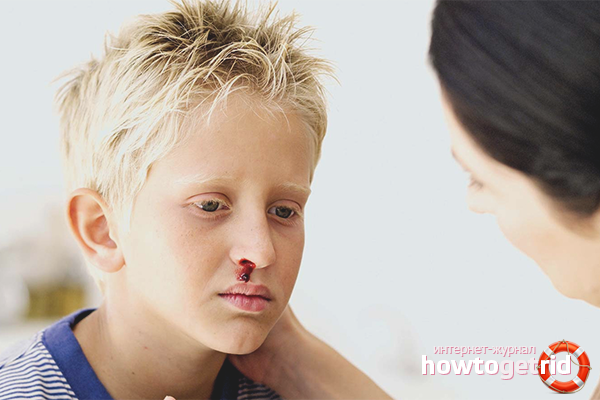
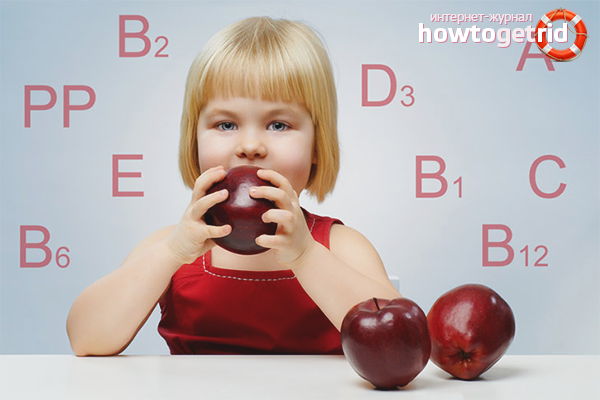
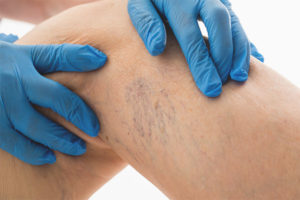
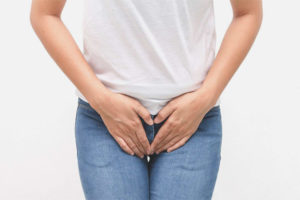
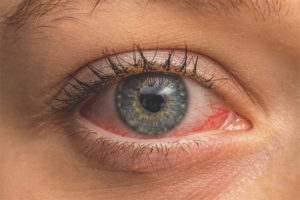


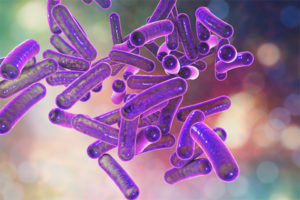
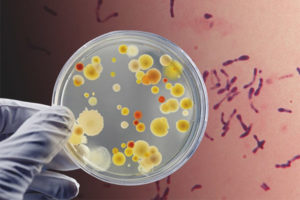

Submit